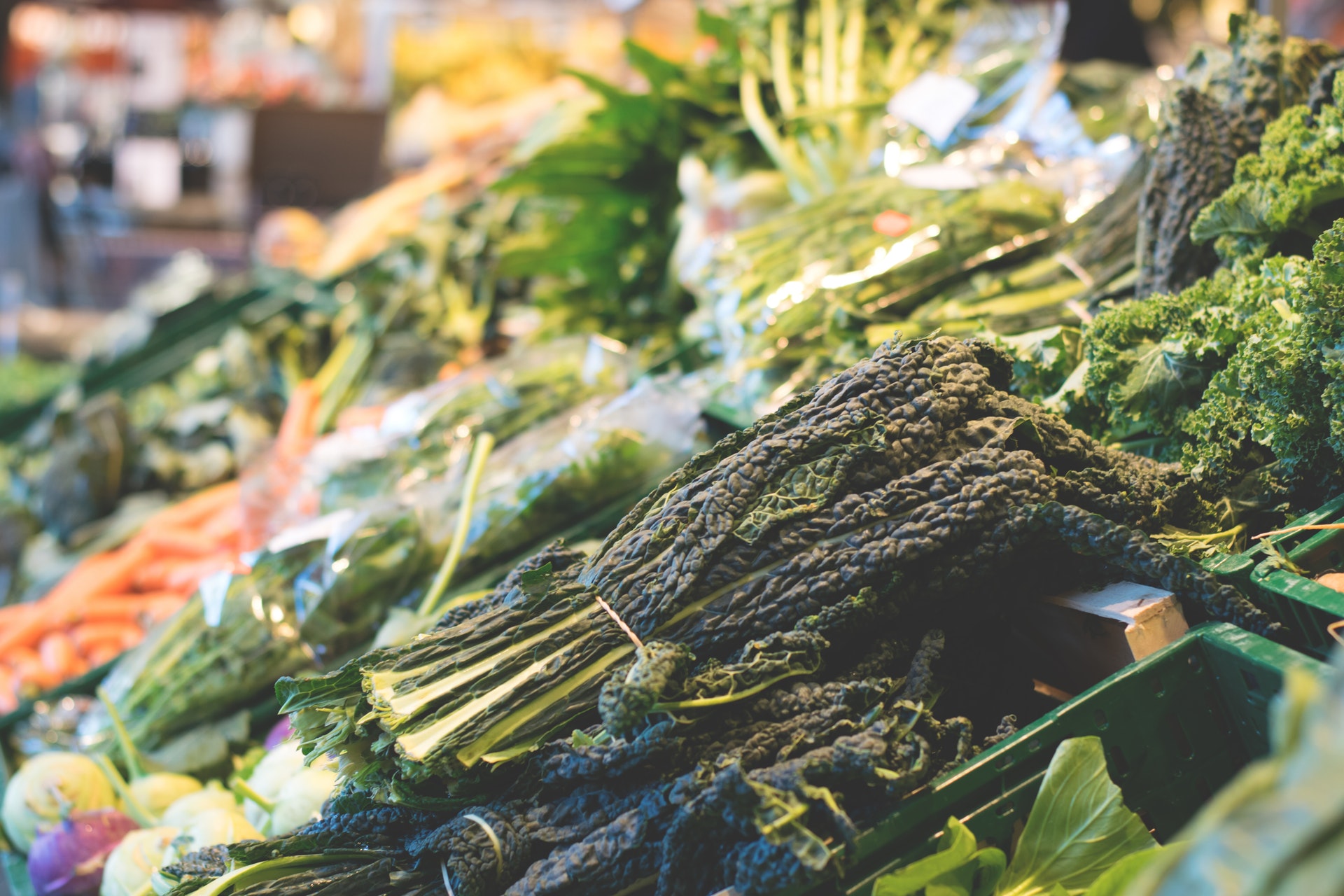Saturday 21st September marked the start of the British Food Fortnight, which is the biggest annual national event celebrating our delicious British seasonal produce, both food and drink.
Let’s take a look at how we can celebrate and enjoy the best of British produce!
Saturday 21st September marked the start of the British Food Fortnight, which is the biggest annual national event celebrating our delicious British seasonal produce, both food and drink. It has been running since 2002 and helps brings awareness of the wonderfully varied food and drink-led initiatives happening nationwide to the UK public’s attention. Did you know that the Co-op, sponsors of the British Food Fortnight 2019, exclusively provide 100% British sourced meat and milk? There are so many fantastic initiatives, re-centering our attention around what great foods we produce, right here, sometimes even on our doorstep.
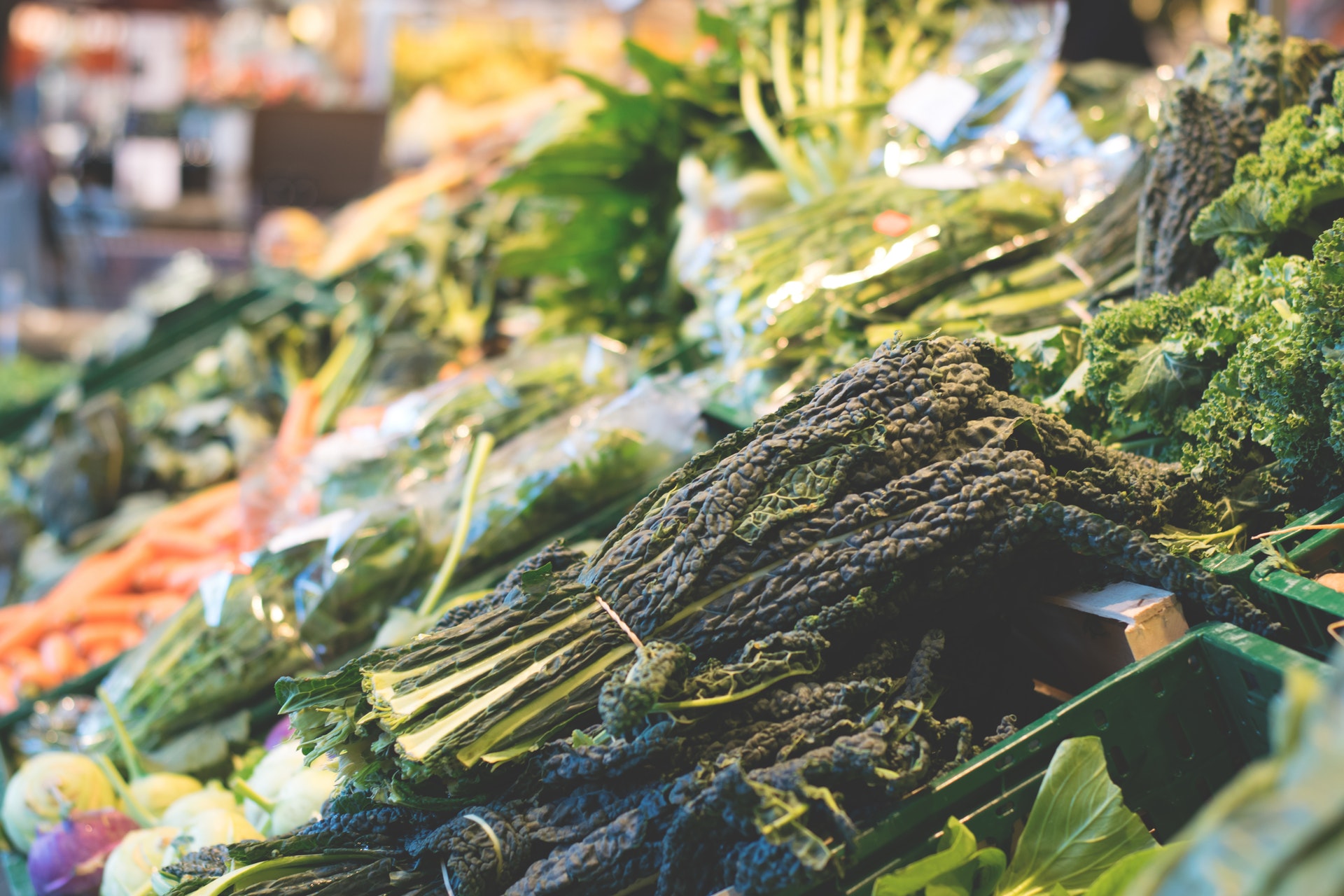
As Autumn settles in and Winter draws closer, we may think that it is becoming harder to shop for everyday fruits and vegetables. This isn’t the case at all! Each season’s harvest provides us with the minerals, nutrients and vitamins that our bodies need during that time of year. Isn’t our land amazing? Eating in-season produce is also easier on the wallet. It’s a win-win all round!
Let’s take a look at the humble tomato! Summer time tomatoes are deliciously red, warm from the summer sun, ready to burst and full of flavour. Compare this to the ones you find in winter: warehouse lamp-grown, lacking flavour, bruised and battered. Tomatoes are not in season in the UK during winter, so crops often have to be transported from outside of the country. During the process of transporting, the produce is harvested early and refrigerated so it doesn’t rot. These transported tomatoes will not provide the same nutrients when compared to the summer tomato. Cost wise, you may have noticed it is more price efficient to buy locally grown summer tomatoes. Locally grown means less transportation, lower cost, and you’re also supporting your local farmers by buying locally instead… Lovely! I know what time of year I want my tomatoes.
Now, I’m not saying you shouldn’t tomatoes during winter, BUT I can give you some substitutes if you want an equally nutritious, in-season UK grown vegetable (or fruit… I don’t want to start that discussion here!).
Below is a variety of UK crops that are harvested during each season that Love British Food has recommended.
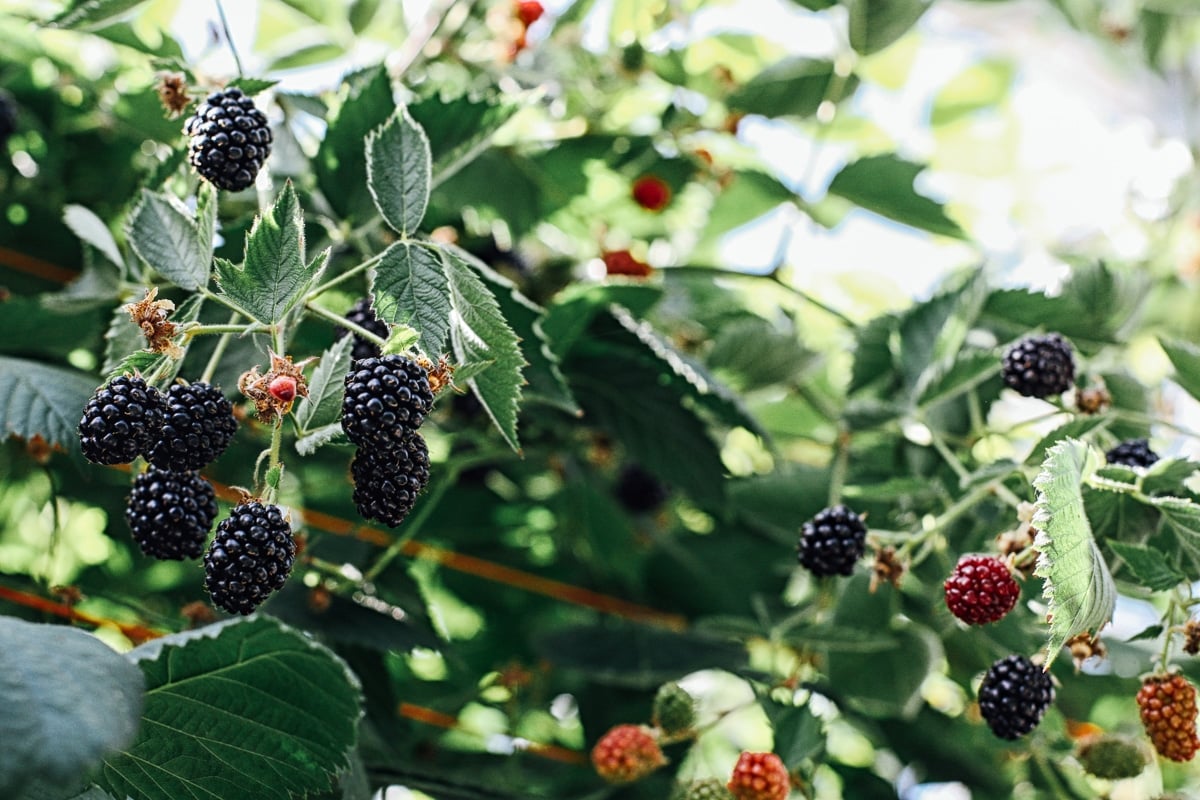
Autumn
Vegetables: Field mushrooms • lettuce • marrow • potatoes • pumpkin • rocket • squashes • sweetcorn • watercress
Fruit: Apples • blackberries • damsons • elderberries • pears • plums • sloes
Meat: Chicken • grouse • ham • heather-fed lamb • pork pies • sausages • venison
Fish: Brill • dabs • Dover sole • flounders • oysters • skate
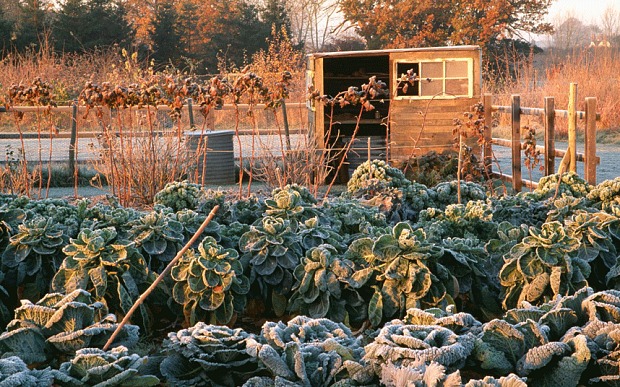
Winter
Vegetables: Bay leaves • brussels • sprouts • cabbage • carrots • cauliflower • celeriac • curly kale • fennel • leeks • parsnips • potatoes • red cabbage • swede • turnips
Fruit: Apples • pears • quince
Meat: Chicken • gammon • goose • partridge • pheasant • sausages • turkey • venison • wild duck
Fish: Grey mullet • mussels • scallops
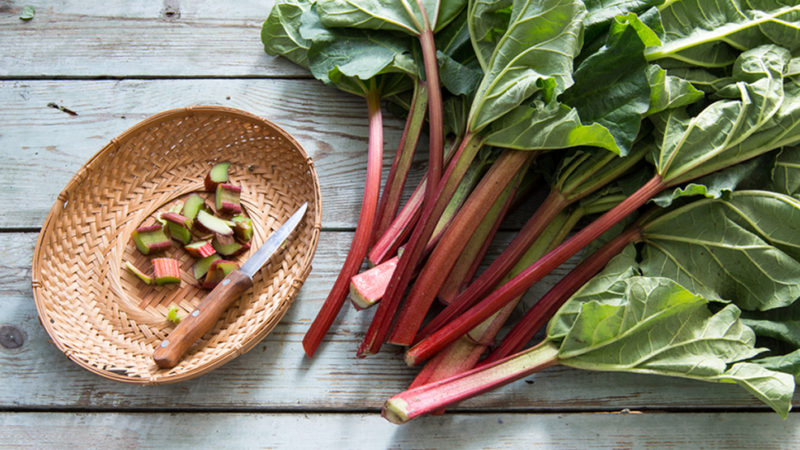
Spring
Vegetables: Asparagus • carrots • cauliflowers • celeriac • cucumbers • curly kale • purple sprouting broccoli • savoy cabbage • sorrel • spinach • spring greens • spring onion • watercress
Fruit: Gooseberries • rhubarb
Meat: Beef steaks • chicken • sausages • spring lamb
Fish: Crab • haddock • John Dory • lobster • mackerel • monkfish • prawns • sea bass • sea salmon • trout • turbot
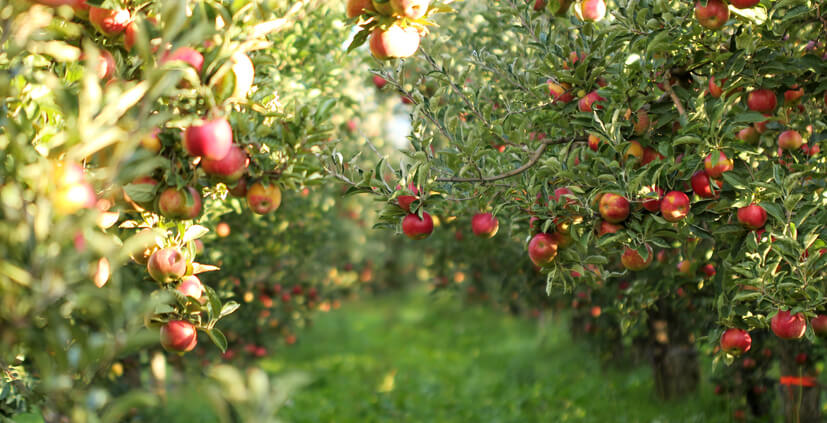
Summer
Vegetables: Beetroot • broad beans • carrots • cauliflowers • courgettes • cucumber • fennel • fresh peas • garlic • green beans • lettuce & salad leaves • new potatoes • radishes • runner beans • salad onions • squash • tomatoes • watercress
Fruit: Blueberries • currants (black, white and red) • elderflower berries • greengages • loganberries • plums • raspberries • strawberries • tayberries
Meat: Beef steaks • chicken • ham • lamb • pork pies • pork spare ribs • saltmarsh lamb • sausages • venison
Fish: Crab • pilchards • wild salmon
There is quite a choice, right? I know that it’s almost impossible to eat locally and seasonally 100% of the time, but every little swap you can make helps towards supporting our British farmers.
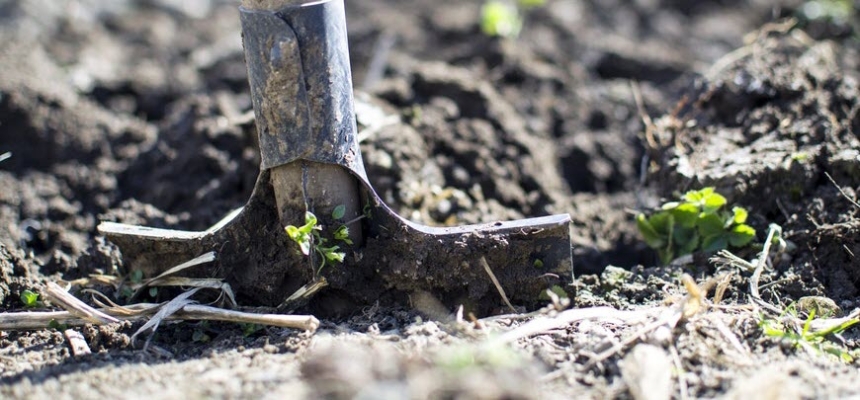
What else can you do? Your best bet is to grow the fruit and veg yourself! This way you know exactly what your fruits and veggies have been through, reduces your carbon footprint you can enjoy them at their peak and we think that a homegrown harvest tastes the best. Whether some window sill planters, a vegetable patch in your garden or an allotment, there are ways of growing your own food in most settings! And if you have kids in your family, what better way to show them where their food comes from and get them involved.
If gardening is really not your style, you can always visit your local farmers market. Did you know there are now over 550 markets in the UK!
On the assumption that you read our blog posts regularly, you will have noticed that we have been putting together some seasonal recipes provided by our partner brands. If you’re ever stuck on what to feed the family you can always have a look for some inspiration here.
By taking simple, small steps, you will be rewarded with a lower cost, high-quality produce packed with nutrition. Your body and taste buds will love you for it!

As a cheeky closing, have you thought of how to store your market-bought or home-grown British seasonal produce? A whole other post is needed to discuss what should be refrigerated and what shouldn’t be but for all your fruit and veg that doesn’t need to be kept cool, have you seen our bespoke crate storage? We love this practical, rustic and beautiful storage solution for your handmade kitchen!
Image Credits
Frosty garden: alamy
Apple orchard: aviancontroline.com
Blackberries: vikalinka.com
Shovel: cohomeblog.recolorado.com
Tomatos: ozgurdonmaz/getty
Rhubarb: NATALIA BULATOVA/SHUTTERSTOCK

